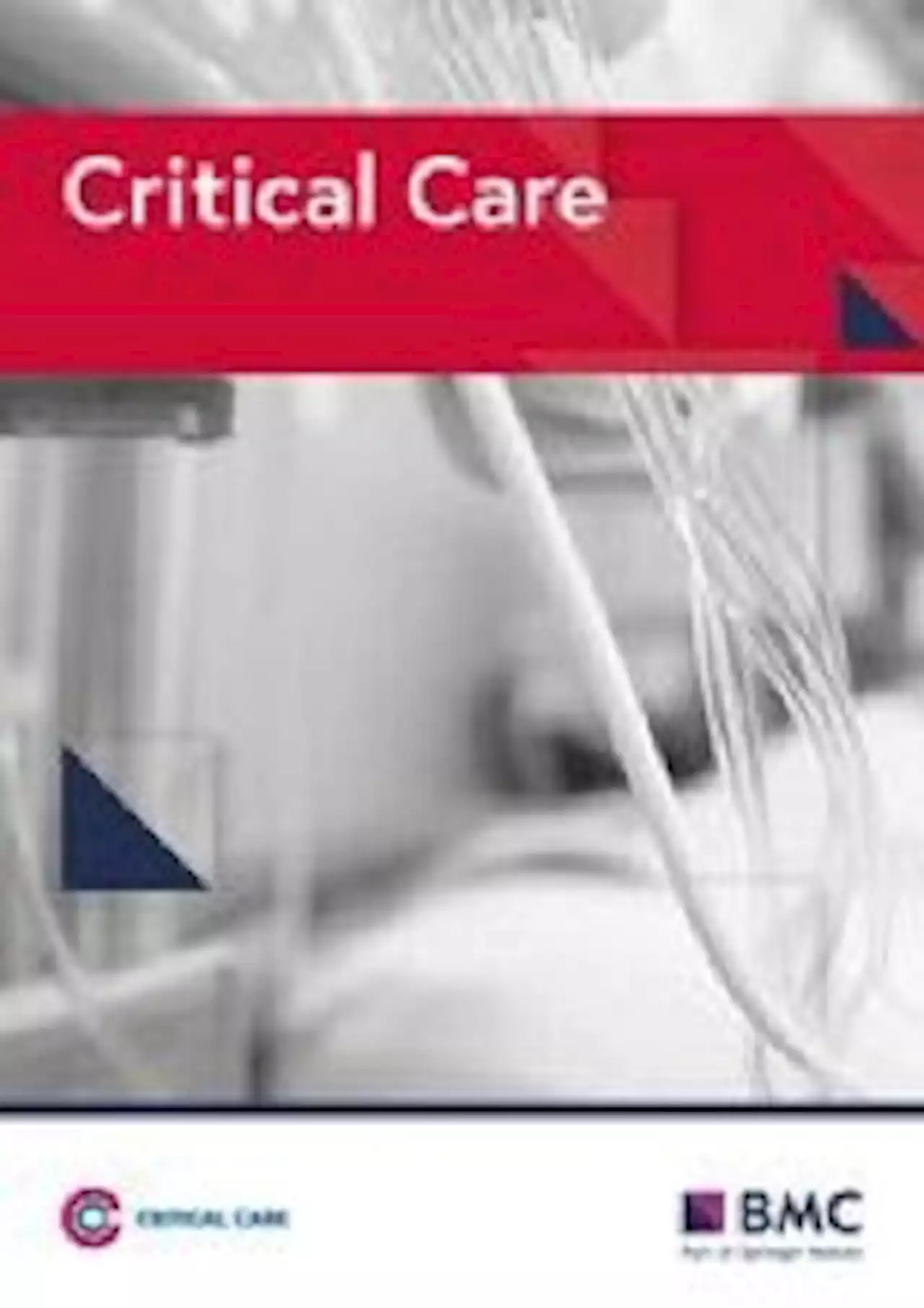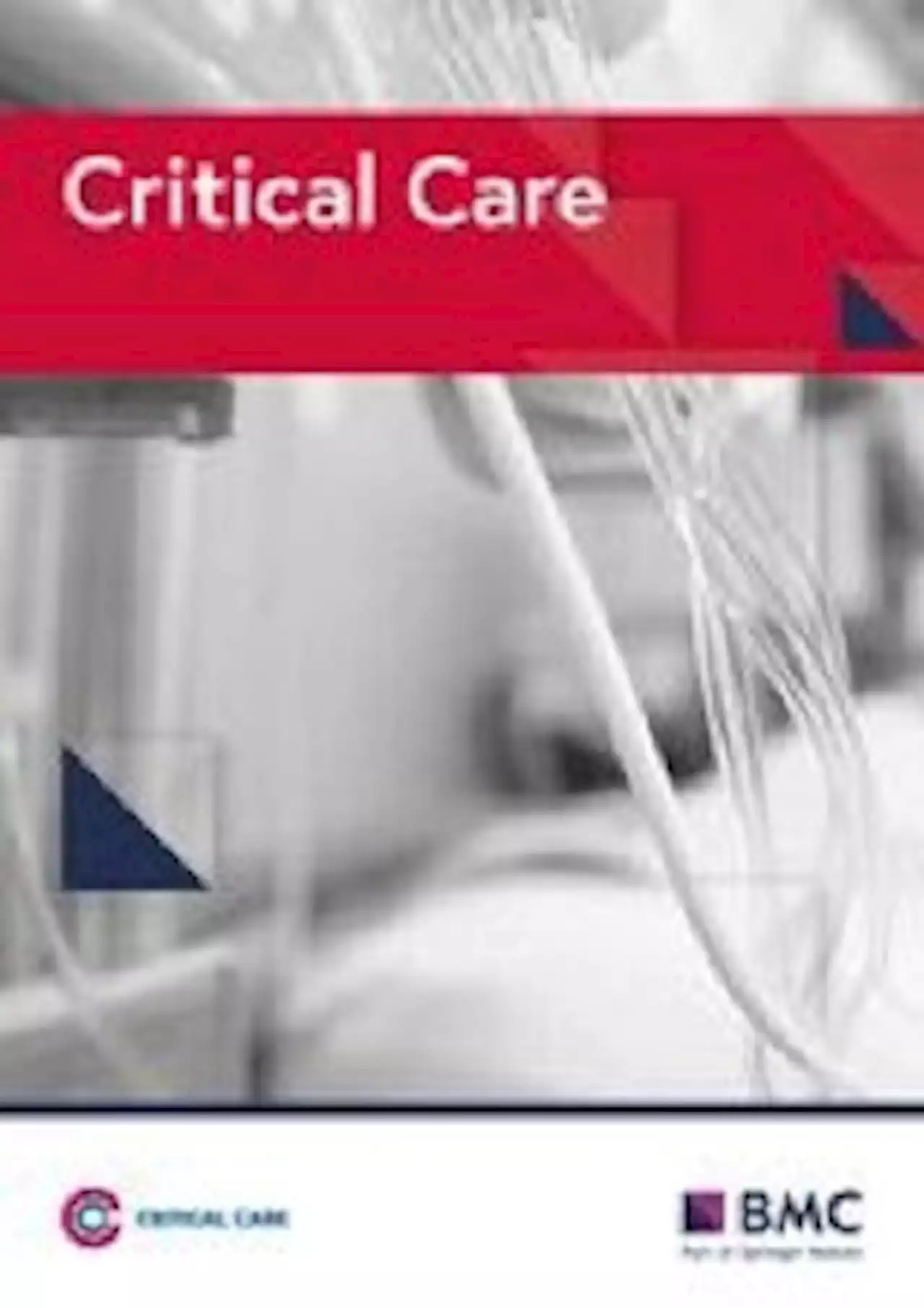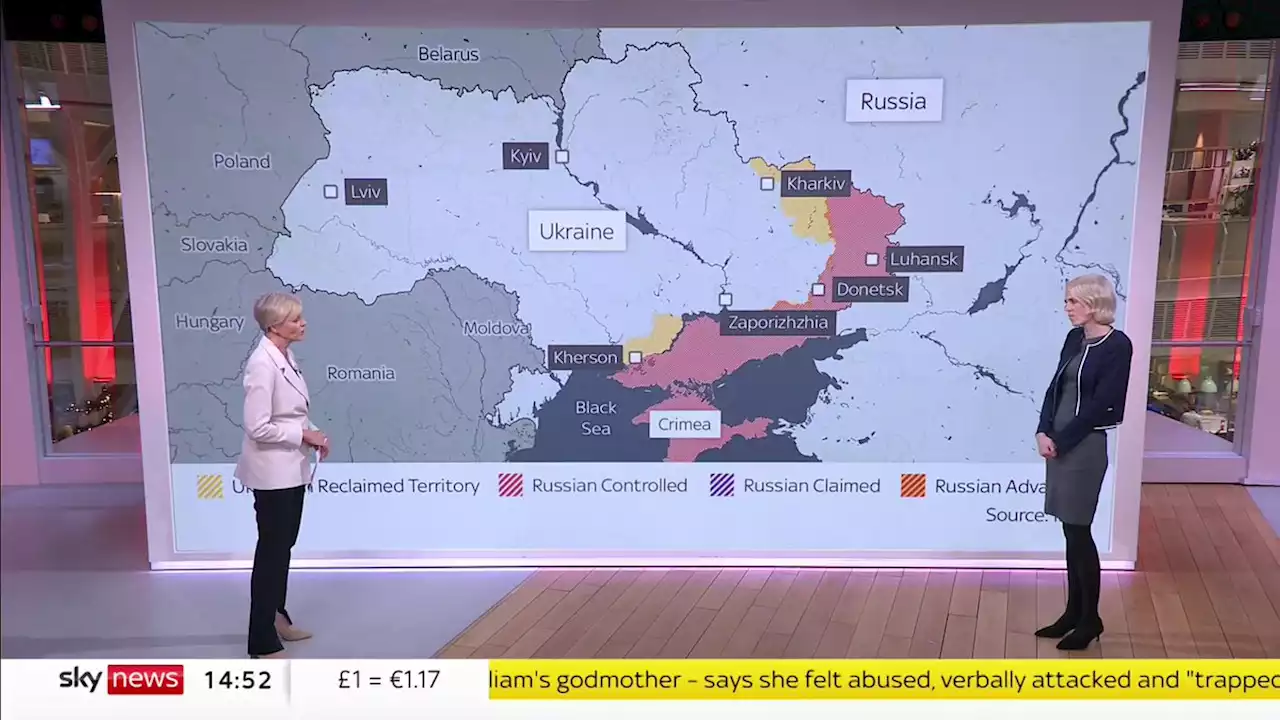Critical infrastructure attacks ramping up
The US government has issued an alert about Cuba; not the state but a ransomware gang that's taking millions in purloined profits.
The Cuba gang has hit more than 100 organizations worldwide, demanding over $145 million in payments and successfully extorting at least $60 million since August, according to a joint FBI and US Cybersecurity and Infrastructure Security Agency advisory.Note: While this ransomware is known by industry as"Cuba ransomware," there is no indication Cuba ransomware actors have any connection or affiliation with the Republic of Cuba.
Private security researchers have identified possible links between Cuba ransomware criminals and theirThe crooks continue to target five critical infrastructure sectors: financial services, government, healthcare and public health, critical manufacturing, and IT, according to the FBI. As the bureau previously noted, Cuba ransomware miscreants tend to use known bugs in commercial software, phishing emails, compromised credentials, and remote desktop protocol tools to gain initial access to their victims' networks. Once they've broken in, they distribute Cuba ransomware on compromised systems viaSince the spring, the criminals haveto interact with compromised networks and extort payments, according to Palo Alto Networks Unit 42 threat hunters.
Belgique Dernières Nouvelles, Belgique Actualités
Similar News:Vous pouvez également lire des articles d'actualité similaires à celui-ci que nous avons collectés auprès d'autres sources d'information.
 Temperature control after cardiac arrest - Critical CareMost of the patients who die after cardiac arrest do so because of hypoxic-ischemic brain injury (HIBI). Experimental evidence shows that temperature control targeted at hypothermia mitigates HIBI. In 2002, one randomized trial and one quasi-randomized trial showed that temperature control targeted at 32–34 °C improved neurological outcome and mortality in patients who are comatose after cardiac arrest. However, following the publication of these trials, other studies have questioned the neuroprotective effects of hypothermia. In 2021, the largest study conducted so far on temperature control (the TTM-2 trial) including 1900 adults comatose after resuscitation showed no effect of temperature control targeted at 33 °C compared with normothermia or fever control. A systematic review of 32 trials published between 2001 and 2021 concluded that temperature control with a target of 32–34 °C compared with fever prevention did not result in an improvement in survival (RR 1.08; 95% CI 0.89–1.30) or favorable functional outcome (RR 1.21; 95% CI 0.91–1.61) at 90–180 days after resuscitation. There was substantial heterogeneity across the trials, and the certainty of the evidence was low. Based on these results, the International Liaison Committee on Resuscitation currently recommends monitoring core temperature and actively preventing fever (37.7 °C) for at least 72 h in patients who are comatose after resuscitation from cardiac arrest. Future studies are needed to identify potential patient subgroups who may benefit from temperature control aimed at hypothermia. There are no trials comparing normothermia or fever control with no temperature control after cardiac arrest.
Temperature control after cardiac arrest - Critical CareMost of the patients who die after cardiac arrest do so because of hypoxic-ischemic brain injury (HIBI). Experimental evidence shows that temperature control targeted at hypothermia mitigates HIBI. In 2002, one randomized trial and one quasi-randomized trial showed that temperature control targeted at 32–34 °C improved neurological outcome and mortality in patients who are comatose after cardiac arrest. However, following the publication of these trials, other studies have questioned the neuroprotective effects of hypothermia. In 2021, the largest study conducted so far on temperature control (the TTM-2 trial) including 1900 adults comatose after resuscitation showed no effect of temperature control targeted at 33 °C compared with normothermia or fever control. A systematic review of 32 trials published between 2001 and 2021 concluded that temperature control with a target of 32–34 °C compared with fever prevention did not result in an improvement in survival (RR 1.08; 95% CI 0.89–1.30) or favorable functional outcome (RR 1.21; 95% CI 0.91–1.61) at 90–180 days after resuscitation. There was substantial heterogeneity across the trials, and the certainty of the evidence was low. Based on these results, the International Liaison Committee on Resuscitation currently recommends monitoring core temperature and actively preventing fever (37.7 °C) for at least 72 h in patients who are comatose after resuscitation from cardiac arrest. Future studies are needed to identify potential patient subgroups who may benefit from temperature control aimed at hypothermia. There are no trials comparing normothermia or fever control with no temperature control after cardiac arrest.
Lire la suite »
 Mobilisation of critically ill patients receiving norepinephrine: a retrospective cohort study - Critical CareBackground Mobilisation and exercise intervention in general are safe and feasible in critically ill patients. For patients requiring catecholamines, however, doses of norepinephrine safe for mobilisation in the intensive care unit (ICU) are not defined. This study aimed to describe mobilisation practice in our hospital and identify doses of norepinephrine that allowed a safe mobilisation. Methods We conducted a retrospective single-centre cohort study of 16 ICUs at a university hospital in Germany with patients admitted between March 2018 and November 2021. Data were collected from our patient data management system. We analysed the effect of norepinephrine on level (ICU Mobility Scale) and frequency (units per day) of mobilisation, early mobilisation (within 72 h of ICU admission), mortality, and rate of adverse events. Data were extracted from free-text mobilisation entries using supervised machine learning (support vector machine). Statistical analyses were done using (generalised) linear (mixed-effect) models, as well as chi-square tests and ANOVAs. Results A total of 12,462 patients were analysed in this study. They received a total of 59,415 mobilisation units. Of these patients, 842 (6.8%) received mobilisation under continuous norepinephrine administration. Norepinephrine administration was negatively associated with the frequency of mobilisation (adjusted difference -0.07 mobilisations per day; 95% CI − 0.09, − 0.05; p ≤ 0.001) and early mobilisation (adjusted OR 0.83; 95% CI 0.76, 0.90; p ≤ 0.001), while a higher norepinephrine dose corresponded to a lower chance to be mobilised out-of-bed (adjusted OR 0.01; 95% CI 0.00, 0.04; p ≤ 0.001). Mobilisation with norepinephrine did not significantly affect mortality (p | 0.1). Higher compared to lower doses of norepinephrine did not lead to a significant increase in adverse events in our practice (p | 0.1). We identified that mobilisation was safe with up to 0.20 µg/kg/min norepinephrine for out-of-bed (IMS ≥ 2)
Mobilisation of critically ill patients receiving norepinephrine: a retrospective cohort study - Critical CareBackground Mobilisation and exercise intervention in general are safe and feasible in critically ill patients. For patients requiring catecholamines, however, doses of norepinephrine safe for mobilisation in the intensive care unit (ICU) are not defined. This study aimed to describe mobilisation practice in our hospital and identify doses of norepinephrine that allowed a safe mobilisation. Methods We conducted a retrospective single-centre cohort study of 16 ICUs at a university hospital in Germany with patients admitted between March 2018 and November 2021. Data were collected from our patient data management system. We analysed the effect of norepinephrine on level (ICU Mobility Scale) and frequency (units per day) of mobilisation, early mobilisation (within 72 h of ICU admission), mortality, and rate of adverse events. Data were extracted from free-text mobilisation entries using supervised machine learning (support vector machine). Statistical analyses were done using (generalised) linear (mixed-effect) models, as well as chi-square tests and ANOVAs. Results A total of 12,462 patients were analysed in this study. They received a total of 59,415 mobilisation units. Of these patients, 842 (6.8%) received mobilisation under continuous norepinephrine administration. Norepinephrine administration was negatively associated with the frequency of mobilisation (adjusted difference -0.07 mobilisations per day; 95% CI − 0.09, − 0.05; p ≤ 0.001) and early mobilisation (adjusted OR 0.83; 95% CI 0.76, 0.90; p ≤ 0.001), while a higher norepinephrine dose corresponded to a lower chance to be mobilised out-of-bed (adjusted OR 0.01; 95% CI 0.00, 0.04; p ≤ 0.001). Mobilisation with norepinephrine did not significantly affect mortality (p | 0.1). Higher compared to lower doses of norepinephrine did not lead to a significant increase in adverse events in our practice (p | 0.1). We identified that mobilisation was safe with up to 0.20 µg/kg/min norepinephrine for out-of-bed (IMS ≥ 2)
Lire la suite »
 Arrest after man seriously hurt in Derby pub assaultThe 67-year-old victim remains in hospital in a critical condition, police say.
Arrest after man seriously hurt in Derby pub assaultThe 67-year-old victim remains in hospital in a critical condition, police say.
Lire la suite »
 Higher blood pressure versus normotension targets to prevent acute kidney injury: a systematic review and meta-regression of randomized controlled trials - Critical CareBackground Renal hypoperfusion is one of the most common causes of acute kidney injury (AKI), especially in shock and perioperative patients. An optimal blood pressure (BP) target to prevent AKI remains undetermined. We conducted a systematic review and meta-analysis of available randomized clinical trial (RCT) results to address this knowledge gap. Methods From inception to May 13, 2022, we searched Ovid Medline, EMBASE, Cochrane Library, SCOPUS, clinicaltrials.gov, and WHO ICTRP for RCTs comparing higher BP target versus normotension in hemodynamically unstable patients (shock, post-cardiac arrest, or surgery patients). The outcomes of interest were post-intervention AKI rate and renal replacement therapy (RRT) rate. Two investigators independently screened the citations and reviewed the full texts for eligible studies according to a predefined form. Results Twelve trials were included, enrolling a total of 5759 participants, with shock, non-cardiac, and cardiac surgery patients accounting for 3282 (57.0%), 1687 (29.3%) and 790 (13.7%) patients, respectively. Compared to lower mean arterial blood pressure (MAP) targets that served as normotension, targeting higher MAP had no significant effect on AKI rates in shock (RR [95% CI] = 1.10 [0.93, 1.29]), in cardiac-surgery (RR [95% CI] = 0.87 [0.73, 1.03]) and non-cardiac surgery patients (RR [95% CI] = 1.25 [0.98, 1.60]) using random-effects meta-analyses. In shock patients with premorbid hypertension, however, targeting MAP above 70 mmHg resulted in significantly lower RRT risks, RR [95%CI] = 1.20 [1.03, 1.41], p | 0.05. Conclusions Targeting a higher MAP in shock or perioperative patients may not be superior to normotension, except in shock patients with premorbid hypertension. Further studies are needed to assess the effects of a high MAP target to preventing AKI in hypertensive patients across common settings of hemodynamic instability. Trial registration This systematic review has been registered on PROSPERO ( CR
Higher blood pressure versus normotension targets to prevent acute kidney injury: a systematic review and meta-regression of randomized controlled trials - Critical CareBackground Renal hypoperfusion is one of the most common causes of acute kidney injury (AKI), especially in shock and perioperative patients. An optimal blood pressure (BP) target to prevent AKI remains undetermined. We conducted a systematic review and meta-analysis of available randomized clinical trial (RCT) results to address this knowledge gap. Methods From inception to May 13, 2022, we searched Ovid Medline, EMBASE, Cochrane Library, SCOPUS, clinicaltrials.gov, and WHO ICTRP for RCTs comparing higher BP target versus normotension in hemodynamically unstable patients (shock, post-cardiac arrest, or surgery patients). The outcomes of interest were post-intervention AKI rate and renal replacement therapy (RRT) rate. Two investigators independently screened the citations and reviewed the full texts for eligible studies according to a predefined form. Results Twelve trials were included, enrolling a total of 5759 participants, with shock, non-cardiac, and cardiac surgery patients accounting for 3282 (57.0%), 1687 (29.3%) and 790 (13.7%) patients, respectively. Compared to lower mean arterial blood pressure (MAP) targets that served as normotension, targeting higher MAP had no significant effect on AKI rates in shock (RR [95% CI] = 1.10 [0.93, 1.29]), in cardiac-surgery (RR [95% CI] = 0.87 [0.73, 1.03]) and non-cardiac surgery patients (RR [95% CI] = 1.25 [0.98, 1.60]) using random-effects meta-analyses. In shock patients with premorbid hypertension, however, targeting MAP above 70 mmHg resulted in significantly lower RRT risks, RR [95%CI] = 1.20 [1.03, 1.41], p | 0.05. Conclusions Targeting a higher MAP in shock or perioperative patients may not be superior to normotension, except in shock patients with premorbid hypertension. Further studies are needed to assess the effects of a high MAP target to preventing AKI in hypertensive patients across common settings of hemodynamic instability. Trial registration This systematic review has been registered on PROSPERO ( CR
Lire la suite »
 Martin Lewis warns thousands of pensioners could be missing out on over £3,000 a yearThe Money Saving Expert revealed in his recent newsletter that around 800,000 pensioners could be missing out on a ‘critical boost’ amid cost of living crisis
Martin Lewis warns thousands of pensioners could be missing out on over £3,000 a yearThe Money Saving Expert revealed in his recent newsletter that around 800,000 pensioners could be missing out on a ‘critical boost’ amid cost of living crisis
Lire la suite »
 Ukraine war latest: Putin's tactic 'blunted' by supplies shortfall - as Russia responds to EU tribunal planVladimir Putin's tactic of hitting critical infrastructure to knock out power in Ukraine during winter is being hampered by a lack of missiles, the MoD says; listen to the Daily podcast while you scroll, with Deborah Haynes describing life in Ukraine with constant blackouts.
Ukraine war latest: Putin's tactic 'blunted' by supplies shortfall - as Russia responds to EU tribunal planVladimir Putin's tactic of hitting critical infrastructure to knock out power in Ukraine during winter is being hampered by a lack of missiles, the MoD says; listen to the Daily podcast while you scroll, with Deborah Haynes describing life in Ukraine with constant blackouts.
Lire la suite »
